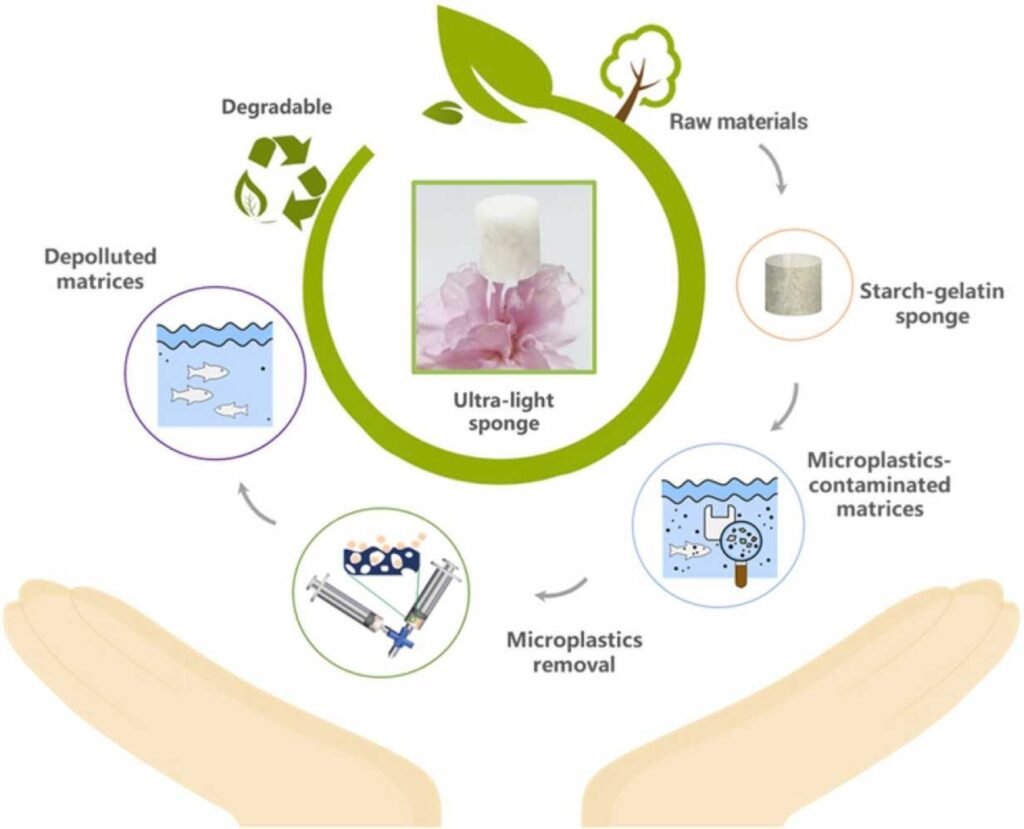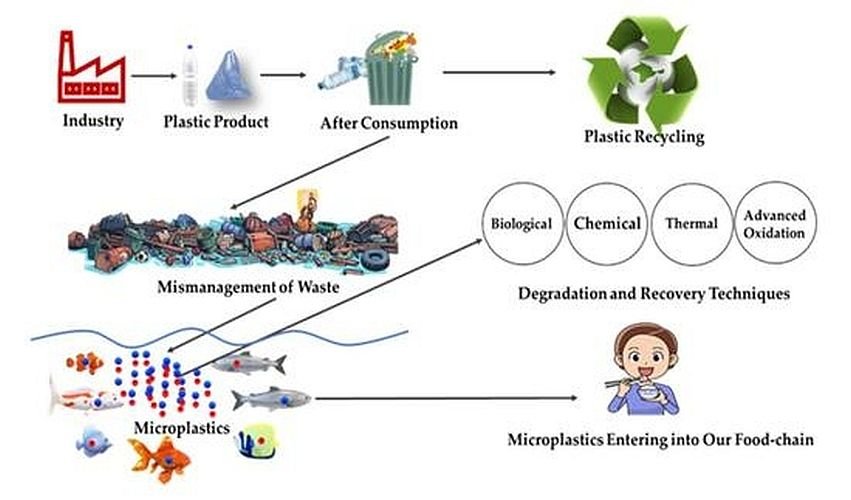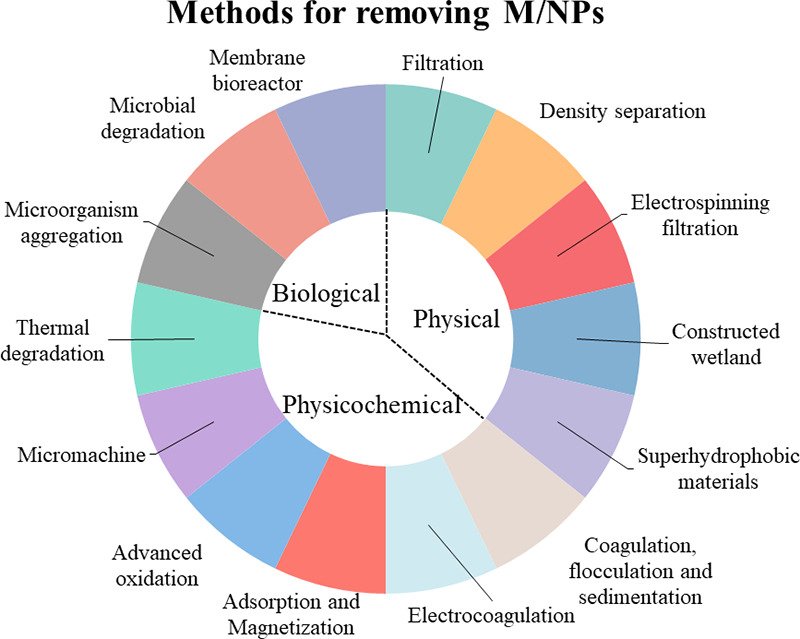For thousands of years, humans have used dried natural sponges for various purposes, including cleaning, painting, and consuming fluids. This material, whether natural or synthetic, is effective at capturing small particles in their pores. Scientists are now discovering that sponges’ structure could potentially help address the issue of microplastic pollution.

Researchers in China have created a synthetic sponge that effectively removes microscopic plastic debris from liquids. They were able to successfully remove both microplastics and nanoplastics from a plastic-filled solution in tests. The particles are trapped in the pores.
The researchers tested different conditions and found that under optimal circumstances, the sponges were able to remove up to 90 percent of microplastics. They tested various liquids, including tap water, seawater, and even soup from a local takeaway.

They are primarily composed of starch and gelatin. They have a light and marshmallow-like appearance, and their biodegradable nature makes them convenient to transport. The sponges have a jagged surface instead of small bubble-like cavities.
If they are ever produced at an industrial scale could be used in wastewater treatment plants to filter microplastics out of the water or in food production facilities to decontaminate water. This could also be used to trap microplastics in washing machines.

What we still need is evidence that these new sponge-based technologies can actually be cost-effective and successful in getting rid of microplastics from water on a big scale. But one thing is sure, trying to remove microplastics from the ocean after they’ve already gotten there is most likely going to fail.
Reference- Hakai Magazine Article, Interesting Engineering, National Geographic, ScienceDirect, Wiley






